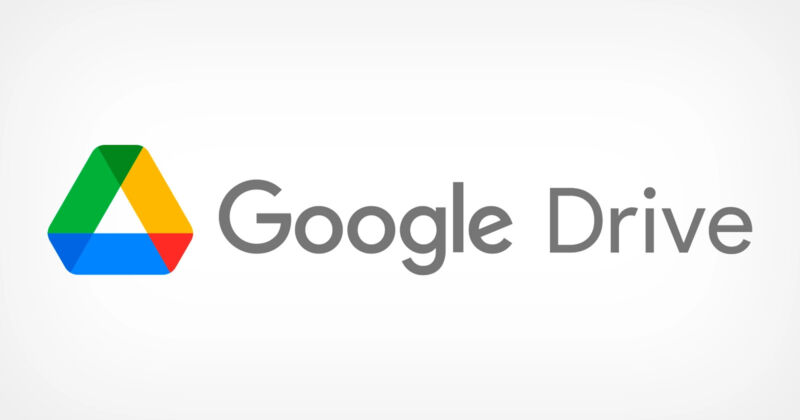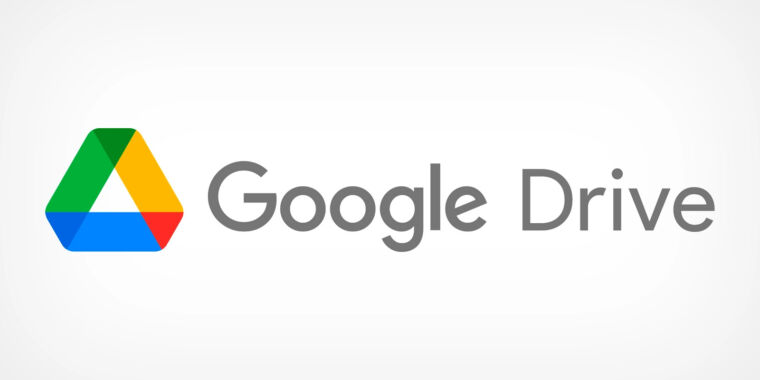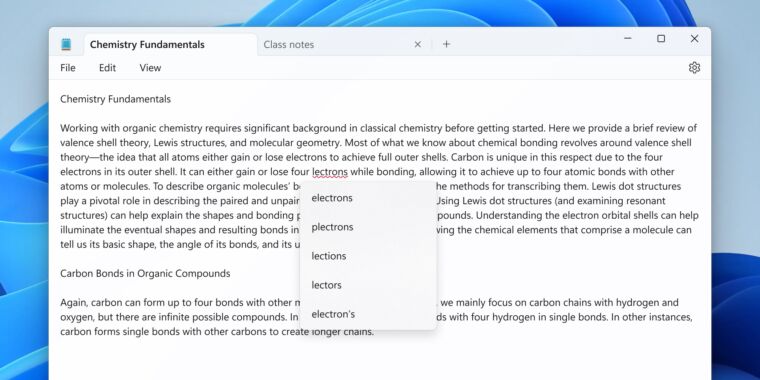
Google is dealing with its second “lost data” fiasco in the past few months. This time, it’s Google Drive, which has been mysteriously losing files for some people. Google acknowledged the issue on November 27, and a week later, it posted what it called a fix.
It doesn’t feel like Google is describing this issue correctly; the company still calls it a “syncing issue” with the Drive desktop app versions 84.0.0.0 through 84.0.4.0. Syncing problems would only mean files don’t make it to or from the cloud, and that doesn’t explain why people are completely losing files. In the most popular issue thread on the Google Drive Community forums, several users describe spreadsheets and documents going missing, which all would have been created and saved in the web interface, not the desktop app, and it’s hard to see how the desktop app could affect that. Many users peg “May 2023” as the time documents stopped saving. Some say they’ve never used the desktop app.
Drive has multiple ways of syncing files, which complicates any explanation or diagnosis of what’s going on. The most suspect mode in the whole fiasco is the default “file streaming,” mode which is actually cloud-first. Files get removed from your computer and stored in the cloud, saving space and leaving only a web link in their place. Perhaps a “syncing” issue could remove files from your computer before uploading (that still doesn’t explain the claims of missing web documents, though).
Google still hasn’t explained what exactly happened or how it’s been fixed, but just reading through these instructions makes the issue sound rather complicated. This isn’t just a simple case of fixing this “syncing” issue by shipping a new version and having everyone’s files reappear.
Google’s recovery instructions outline a few ways to attempt to “recover your files.” One is via a new secret UI in the Google Drive desktop app version 85.0.13.0 or higher. If you hold shift while clicking on the Drive system tray/menu bar icon, you’ll get a special debug UI with an option to “Recover from backups.” Google says, “Once recovery is complete, you’ll see a new folder on your desktop with the unsynced files named Google Drive Recovery.” Google doesn’t explain what this does or how it works.
Option No. 2 is surprising: use of the command line to recover files. The new Drive binary comes with flags for ‘–recover_from_account_backups’ and ‘–recover_from_app_data_path’, which tells us a bit about what is going on. When Google first acknowledged the issue, it warned users not to delete or move Drive’s app data folder. These flags from the recovery process make it sound like Google hopes your missing files will be in the Drive cache somewhere. Google also suggests trying Windows Backup or macOS Time Machine to find your files.
Google locked the issue thread on the Drive Community Forums at 170 replies before it was clear the problem was solved. It’s also marking any additional threads as “duplicates” and locking them. Taking away the space to diagnose the issue and communicate fixes adds to the sense that Google is more interested in PR damage control than helping users. It also doesn’t allow people to reply to the “solution” post, so it’s hard to evaluate the fix’s efficacy since Google shut down the easiest avenues for user feedback and support.
Of the few replies before Google locked the thread, most suggested that Google’s fix did not work. One user calls the fix “complete BS,” adding, “The “solution” doesn’t work for most people.” Another says, “Google Drive DELETED my files so they are not available for recovery. This “fix” is not a fix!” There are lots of other reports of the fix not working, and not many that say they got their files back. The idea that Drive would have months-old copies of files in the app data folder is hard to believe.
Drive isn’t just a consumer product, it’s also aimed a businesses looking for terabytes of file storage, with paid tiers that can be priced into the stratosphere. Drive is a product that will live and die by how much users trust it. Bugs will happen, but I would have expected Google’s response to align with normal IT downtime procedures: a status page with constant updates and a full postmortem explaining what went wrong and how Google fixed it. Instead, we got days of silence, locked forum posts, and vague explanations.








